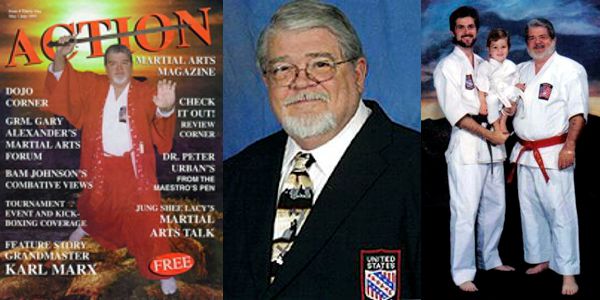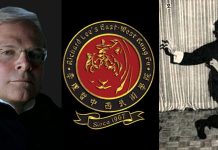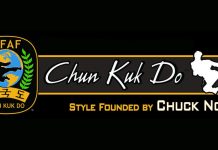
Keichu-Do is a unique, multifaceted, diverse, and effective martial art system. Cajun born, the original “Soke” (or founder) Karl W. Marx based the martial arts style on elements of Karate, Judo, Jiujitsu, boxing, American wrestling, and street fighting techniques. It is a truly comprehensive system created specifically for Americans to enable them to protect themselves against the way Americans fight. It is not only an excellent self-defense system, it is a sport that is recognized world-wide by traditional martial arts systems. Keichu students continue to gain the reputation of being some of the best trained and most well rounded martial artists.
Our desire is to teach and inspire the young and old alike to attain their best in learning and perfecting the skill of martial arts. Keichu Do martial arts training is one of the best ways to prepare you and/or your child for daily life spiritually, mentally, and physically.
Most martial arts stem from a specific religion or philosophical worldview. Keichu is no exception. The style name “Keichu-Do” translates as “devoting oneself entirely to the way”. Keichu students have always known that dedication is the key to success in any endeavor. Mr. Marx, as head of the Keichu family, instructs that this devotion has a higher level. His students are trained as good karateka, and hear the message of the Gospel. We are not ashamed of the gospel of Jesus Christ. While we gladly teach students of all faith backgrounds, it is our prayer that all will come to know the Peace of Christ.
Instruction in this program is threefold: physical, mental, and spiritual training. Keichu students are held accountable to the standards of the Dojo and to a high level of moral and ethical standards.
Some of the benefits of Keichu for the student: improved flexibility and agility; greater awareness of surroundings; endurance and aerobic fitness; coordination; accuracy and precision; confidence and strength; character development such as respect for others; diligence and effective work habits; self-discipline; focus and attentiveness; eagerness for lifelong learning; and, foundationally, Judeo-Christian ethics.
Keichu Do – Distinctive Elements
Elements of Keichu Do
Sometimes people think of Keichu-Do as being simply karate, especially since we refer to it as “Cajun Karate”. However, the system is far more comprehensive than that.
Karate
Keichu-Do is considered a “hard style”, as opposed to a “soft” or “internal” style, although it does have some soft style elements. However, the techniques are designed in such a way as not to require significant strength. Keichu Do is truly an art that anyone can master. As a fighting style, Keichu-Do is practical, relying on proven elements such as street fighting and boxing techniques. We fight from a front stance, which offers us better speed, control, flexibility, stability, and power.
Another important element of Keichu is kata, or forms. Although the the forms in our system have a great deal of beauty, they serve to enhance our fighting and self-defense capabilities. They too are immensely practical—those who diligently practice them gain a wealth of knowledge and skill.
Weapons
Usually beginning at the orange or green belt level, students have the choice to study a variety of weapons . The “bo”, or long staff, is the first weapon introduced, in part because of its practicality in self-defense. We teach traditional martial arts weapons such as kamas, sickles, eiku, sword, etc.
Judo and Jiujitsu
Since many self defense situations end up on the ground, Keichu-Do also emphasizes ground fighting or grappling. As a sport, this can also be thought of as martial arts wrestling. We teach throws, take-downs, chokes, submission holds, and pins. For many students, this is one of their favorite aspects of class, as it is fun, exciting, safe, and practical.
Self-defense
In many respects, this is the backbone of Keichu. Almost everything we do has applications for self-defense.
Keichu-Do differs from a number of other self-defense systems in that it is designed for smaller people, without much strength, to defend themselves against larger opponents. In addition, it is designed for protection against the ways in which Americans fight and attack. Thus, it is immensely practical for children and women—but also effective and powerful for men.
One important aspect of self-defense is having realistic confidence in one’s skills and abilities. This is stressed in Keichu, as is responsible and appropriate use of the techniques being studied and mastered.
While teaching individuals to defend themselves, our desire is also to equip our students with an enjoyable lifetime sport, appropriate for all ages and entire families.











